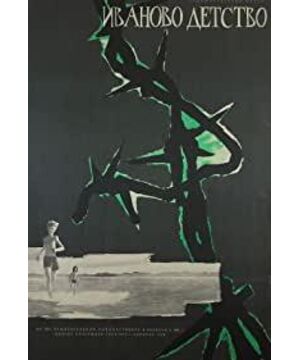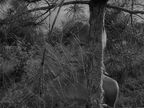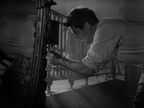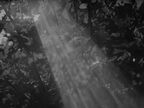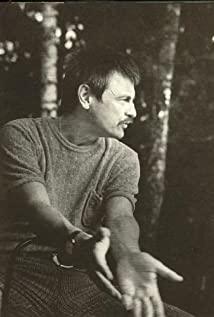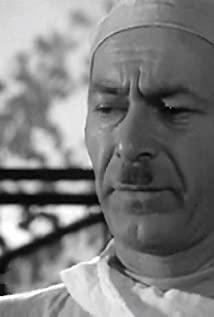I talked about this movie with my friends yesterday, and on the premise of watching Xu Haofeng's "Audio-Visual Language" bean list, I would like to talk about a few points that we agree with:
1. According to Freud's dream theory, "An unimportant idea becomes a trivial matter, but in a dream it becomes a major event or occupies an important position." Before Ivan dreamed of his mother and the well, Ivan's hands were dripping with water droplets (The feeling of dampness is a unique temperament in Laota movies, and water has also become part of the texture of the movie), so the influence of Ivan's dreams and reality has a certain logic. What I have to mention is that the director can put reality and dream in the same space with one shot. In that scene, the dream contains reality and imagination, and the transition is used to connect it very naturally.
2. At the end of the section, the officer found Ivan on the roster - the officer saw the torture instruments - Ivan was killed - Ivan's beautiful childhood. I say that this scene is a montage without logic, which is exactly what the poetic is. Friends said that there is still buried logic in it. Perhaps this is the biggest difference between the film and the MV. It is not just for expressing emotions through the pictures. Ivan was killed is the imagination of the officer, and Ivan's beautiful childhood life may also be the imagination of the officer (if the officer knew ), or Ivan's imagination (unknown to the officer), which adds another layer to the structure. (reminds me to pay attention to the logic in the future)
3. In the woods, the girl walked to the left, and the camera moved to the left. I thought it was the Colonel's subjective shot, but I didn't expect the Colonel to appear from a later direction, only to know that it was an objective shot. Not only did the colonel's position exceed the audience's prediction, but the viewpoint also exceeded the audience's prediction, which is also the cleverness of scheduling.
The same is true for the next shot. The girl did not appear in the position we expected, but in the rear. The depth of field formed by the men and women one after the other increased the depth of the space. The colonel was constantly approaching the girls, squeezing the space, causing a feeling of closed and oppressive, while the girls kept retreating and escaping, and the space was in a more open state, highlighting her timidity and daring to face it.
4. Images such as projection of light and shadow, mirror composition, and reflection in water can expand the space and add content to the picture. Some compositions also often use depth of field to maximize space.
5. Modern art and photography (to be added in a few days)
View more about Ivan's Childhood reviews


